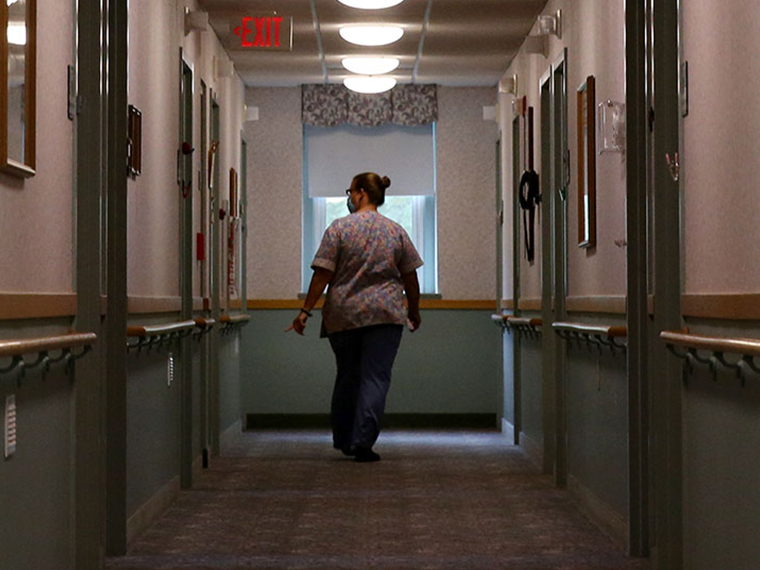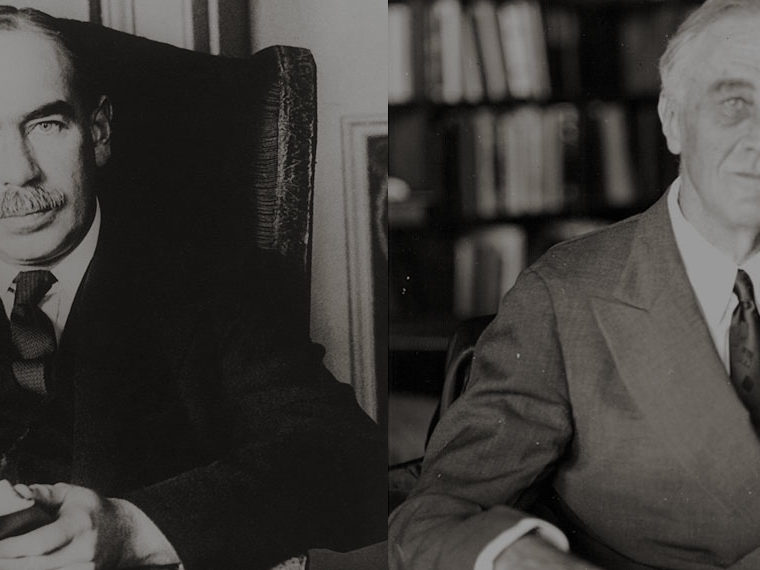A study of military base closures finds that labor-friendly policies had little effect on job growth after the layoffs
In 2011, almost two years after the official end of the Great Recession in the U.S., some 14 million Americans still couldn’t find jobs. An unemployment rate stuck at about 9 percent suggested something had gone terribly wrong on the way to economic recovery.
Experts were casting about for explanations. Extended benefits enacted during the recession prolonged unemployment by sapping job seekers’ motivation, according to one theory. Labor laws that protect unions made hiring too expensive for employers, according to another. High minimum wages and tax rates, environmental regulations, generous welfare and other safety net benefits also came under scrutiny as possible reasons for discouraging employers from hiring more workers.
Economists still struggle to prove whether labor market interventions help or hurt job growth. It’s difficult to isolate their effects from the many other factors that influence employment, particularly following a devastating economic shock.
Opt In to the Review Monthly Email Update.
UCLA Anderson’s Jerry Nickelsburg looks to a rash of military base closures between 1991 and 1999 for insight. The Defense Base Realignment and Closure Act of 1990 led to unemployment spikes in dozens of markets during years that most of the nation experienced healthy job growth. Although layoffs owing to base closures are different in key ways from recessionary unemployment, the program provided a natural experiment for studying the effects of policies on employment.
Nickelsburg’s research, published in Defence and Peace Economics, finds little evidence that the level of social insurance, tax rates or labor and environmental regulations influenced the pace or extent of job growth after the base closures. The study suggests that these policies are of only secondary importance to rebuilding employment following large layoffs caused by outside factors.
The research focuses on 58 markets in which the military closed bases or laid off most of its workers. The study first pairs each affected market with a similar city, in the same state, that did not house military bases. A second control group consists of all cities with bases not affected by closures.
None of the market interventions studied appeared to significantly affect economic recovery. The variables included: air quality regulations; personal and corporate tax rates; the existence of right-to-work laws; and the relative size of welfare and other social insurance payments. Social insurance was measured through an index that compares the total support provided in various safety net programs, such as welfare, housing assistance and unemployment insurance.
Although we tend to look to government policy to counteract dislocations in the labor market, and both business and labor organizations promote such interventions, the dynamics of the market itself appear dominant in recovering from mass layoffs. The size of the layoff relative to the labor market was the most important factor in normalizing unemployment rates after the closures, the study found. Two hundred former base workers are more likely to find new work in markets with tens of thousands of jobs than in a town with a small number of employers.
Unlike more common causes of unemployment, base closures are announced years in advance, and the layoffs are unrelated to the local economy. The study’s findings, Nickelsburg notes, speak to situations where the local government can plan in advance of a big downsizing. In those cases, the labor interventions described “are perhaps less important than might have been previously thought,” according to the study. “These results point to targeted labor market policies as being more efficacious than broader brush policies.”
Featured Faculty
-
Jerry Nickelsburg
Adjunct Full Professor and Director, UCLA Anderson Forecast
About the Research
Nickelsburg, J. (2019). Employment dynamics in local labor markets: Evidence from U.S. post Cold War base closures. Defence and Peace Economics. doi: 10.1080/10242694.2019.1600785






